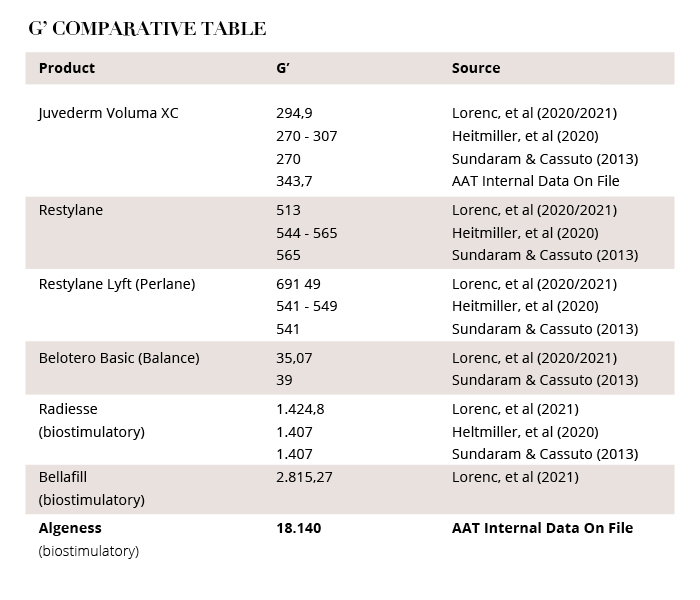NEWS
Understanding fillers’ rheology
Rheology is the study of how materials flow and deform under different conditions of stress and strain. In the context of injectable fillers, rheology is important because it determines how the filler material will behave once it is injected into the body. The outcome depends on the ability to conform with the tissue and maintain its shape over time.The goal is to achieve a natural-looking result that integrates seamlessly with the surrounding tissue. The rheological properties of the filler material play a key role in achieving this goal. These properties include viscosity (G”), elasticity (G’), and cohesiveness, which affect how the filler flows, spreads, and adheres to surrounding tissue. A high G’ (elasticity) for a filler is extremely important because it determines how well the filler can withstand deformation and maintain its shape after injection. A highly elastic filler can stretch and deform without breaking, allowing it to conform to the contours of the face and provide long-lasting results.In addition, a filler with a higher G” (viscosity) will be thicker and more cohesive, making it better suited for deep injection into areas with more significant volume loss.In conclusion, understanding the rheological properties of fillers is critical for achieving optimal results. A filler with the right G’ and G” can provide natural-looking results that last for a significant amount of time. On the other hand, a filler with poor rheological properties may lead to uneven distribution, lumpiness, and shorter-lasting results. Therefore, rheology is an essential factor that must be considered when selecting a filler for a specific correction.


